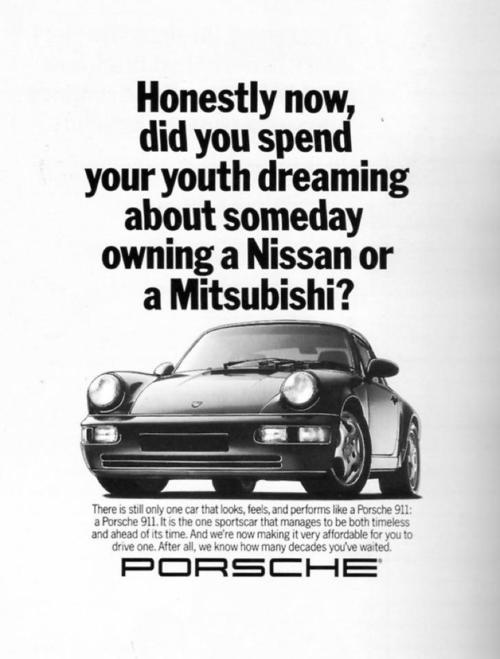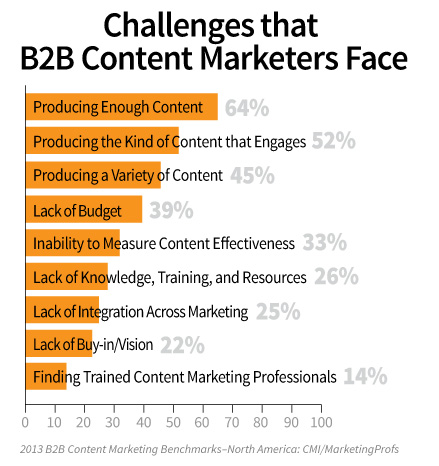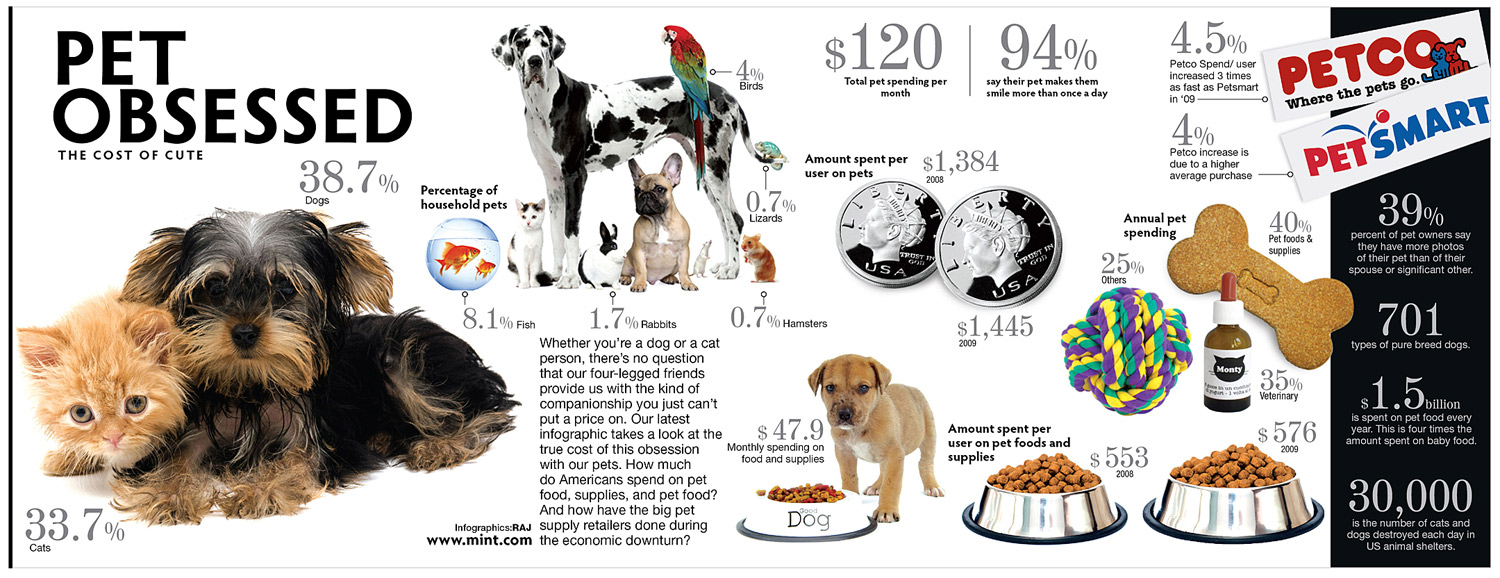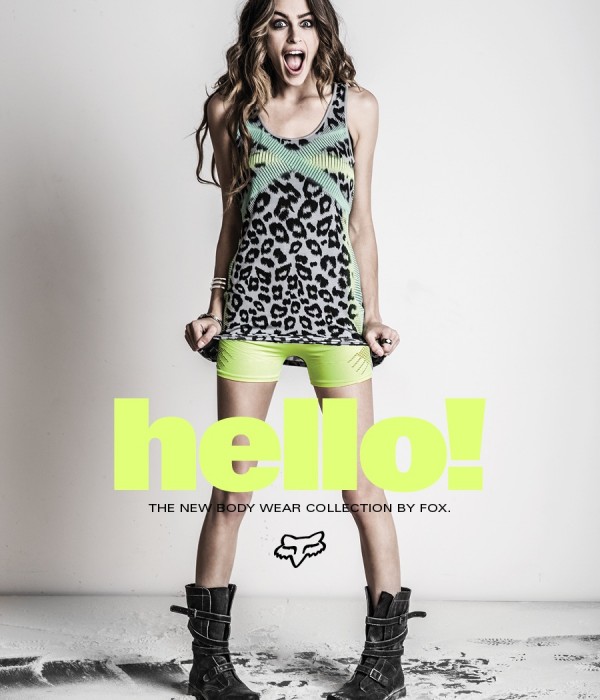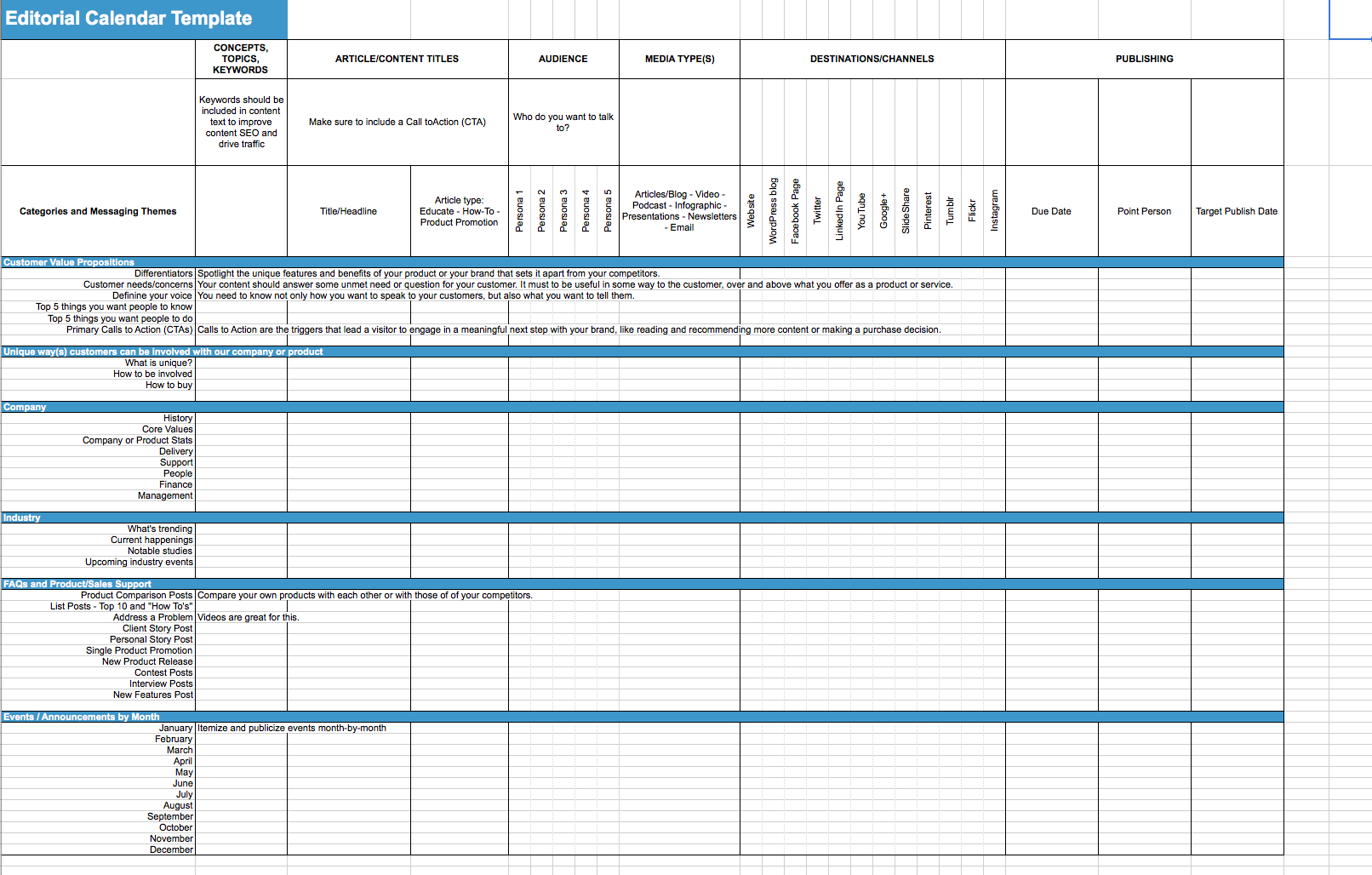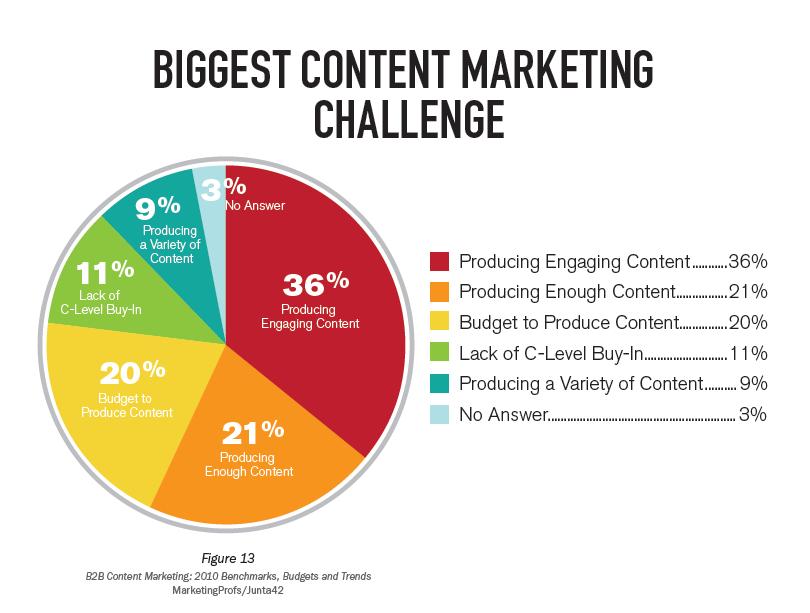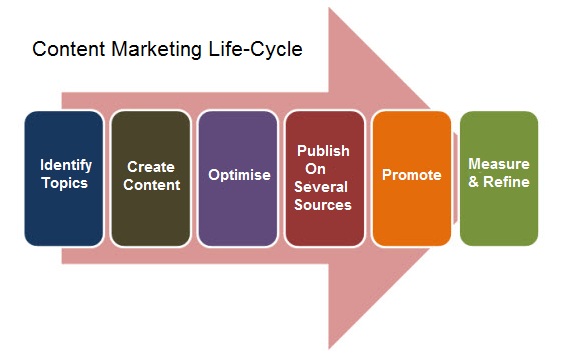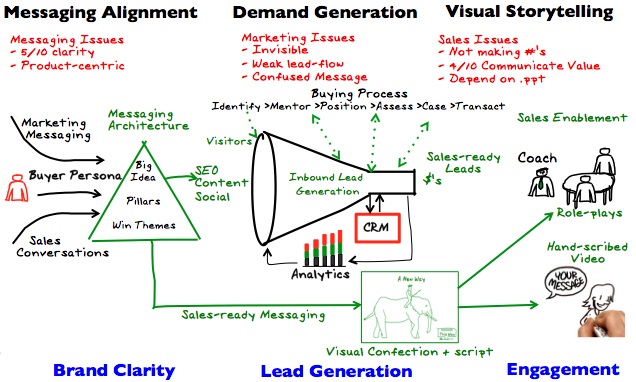Why Image Trumps Everything in Today’s Visual Age
Images can be content killers.
Boring images just don’t cut through the smartphone cluttered world your customers live in.
Image curation should be on the “must have” list for any/every marketing hire your company makes.
Nike has been a great example of how to sell a product without selling.
You won’t see ads chock full of text that describes how the product makes you faster or more competitive.
They understand image trumps everything, especially in today’s visual age.
Not using the #kardashians - the star in this commercial below is a young man who conveys more and more authenticity as he comes into view.
Why this Video Stands Out from the Herd and Makes an Impact
- The voice over starts out talking about “greatness” - pulling you in. It’s compelling.
- The imagery in the video is not a super model or superstar. It’s a young boy fighting to keep his weight under control. It’s a real image that resonates with the viewer.
- The road and landscape around it are reflect a less is more approach with the visuals.
- At under one minute, the video is compelling enough to get your attention but not long and boring.
- Brand placement for Nike at the end is minimal and doesn’t get in the way of the story being told via the video.
- Nike recognizes the power of the imagery: there is no obtrusive text embedded in the video.
Porsche is another astute brand that understands how to sell with an image.
This print ad stands out - it’s a bit in your face, conveys some humor, fires a shot across the bow of their direct competitors.
The text at the bottom is a bit long; but, this ad is a classic and the header drives you into the content. No pun intended.
What Visual Rules for Brand Marketers are Inherent in these Ads
- They both convey a sense of brand confidence, driving credibility and authority.
- As David Ogilvy famously conveyed and advised: the ad copy drives 80% of the interest - both ads have wonderful compelling headlines.
- There’s a real sense of humor in each - it drives the visitor into and engages them with the inherent “story” in the ad.
- In the age of “infobesity” you have 7-10 seconds to capture the attention of your consumer - both of these ads grab the visitor quickly.
- Nike and Porsche took a certain amount of risk - Nike’s minimalist visuals aren’t sexy and attractive (the landscape is barren) and Porsche went with a black and white ad. #lessismore
- Pixar’s 22 rules for storytelling success are implicit in both of these visuals, especially for the Nike ad, which has a compelling message and story inherent in the visual.
- A consumer is involved with both of these ads almost immediately - they draw the viewer into the ad.
- Both brands recognize the human brain processes images 60K times faster than text and went for an image that has high impact.
Three Classic Principals that will Help You Create High Quality Engaging Images that don’t Boar Your Audience to Tears
The principal of continuity states consumers retain information much better when text and images are overlaid.
The principal of coherence states consumers can only take in small amounts of information at a time. And this number is constantly diminishing, driven in part by constant smartphone usage (although there are other culprits).
The principal of signaling underscores the importance of connecting the dots in your visual information:
Seven Key Metrics for using Visuals to Drive Brand Engagement
- Don’t be afraid to experiment with visual communications - creativity drives engagement with your brand. Start slow and measure back end conversions with your imagery to understand what’s working and what isn’t.
- Map your images and content to the platform by creating discrete types of images that resonate with users on a social network. Personalize your visual content and don’t “broadcast” untargeted content.
- When/where possible share useful content that addresses the needs of your target market. Use visuals to capture the attention of a visitor and then couple this with text that’s linked out to other sources and/or informs and engages.
- For visual presentations don’t forget the “rule of three” - Steve Jobs was a master of distilling complex topics down into three.
- Consumers like to see the human side of your brand. Scott Monty (Ford’s former VP of Marketing) has been an advocate of “human to human” communications to drive brand engagement.
- Tell a story when/where you can - video is of course a great way to use long form content to engage your audience.
- Chunk your visual content up and reuse it to leverage development costs. The average consumer sees 3-5K visual messages per day and Google has indexed over 50B pages. Repetitive marketing can be a good thing.
Your Business is Under Attack from an Encroaching Digital Landscape - Visual Helps you to Stand Out
- Data is Exploding at an unprecedented rate: projected to be ten times greater the next six years, with 44 trillion gigabytes shared by 2020.
- Content sharing is now platform agnostic: it’s anywhere and everything.
- Marketing budgets are unable to keep up with the growth in platforms.
- Consumers demographics are shifting rapidly. Boomers are making way for millennials who have been raised on images.
- Savvy bigger brands are leveraging “social influence” to reach high value customers or influencers; making it more difficult for smaller brands to get heard via the social landscape.
- Businesses are aggressively deploying a product marketing strategy that encompasses no frills brands along side their traditional branded products: getting real world and “mental” shelf space is challenging.
- Native advertising is blurring the lines of how consumers and professionals engage with content.
- All brands are by necessity of changes in the digital landscape forced to become publishers on some scale.
- Technological expertise is overwhelming the core competency of management teams and it’s increasingly harder to find the right staff with an associated rise in what you have to pay them.
- Note: this collection of image search tools by Bran Pickings (Maria Popova) is stellar and well researched.
Images define Your Brand Instantly are an Integral Component of any Content Marketing
Some “prosumers’ only scan your content and the image has to pull them in.
Think of images as front end tools to great content.
Images are made for social media feedback loops. These can be simple: shares, comments, ReTweets, Fav’s etc., or more complex, integrating back end conversion metrics.
But, the name of the game is really image curation. Selecting, researching and using unique messages that integrate well with your content.
